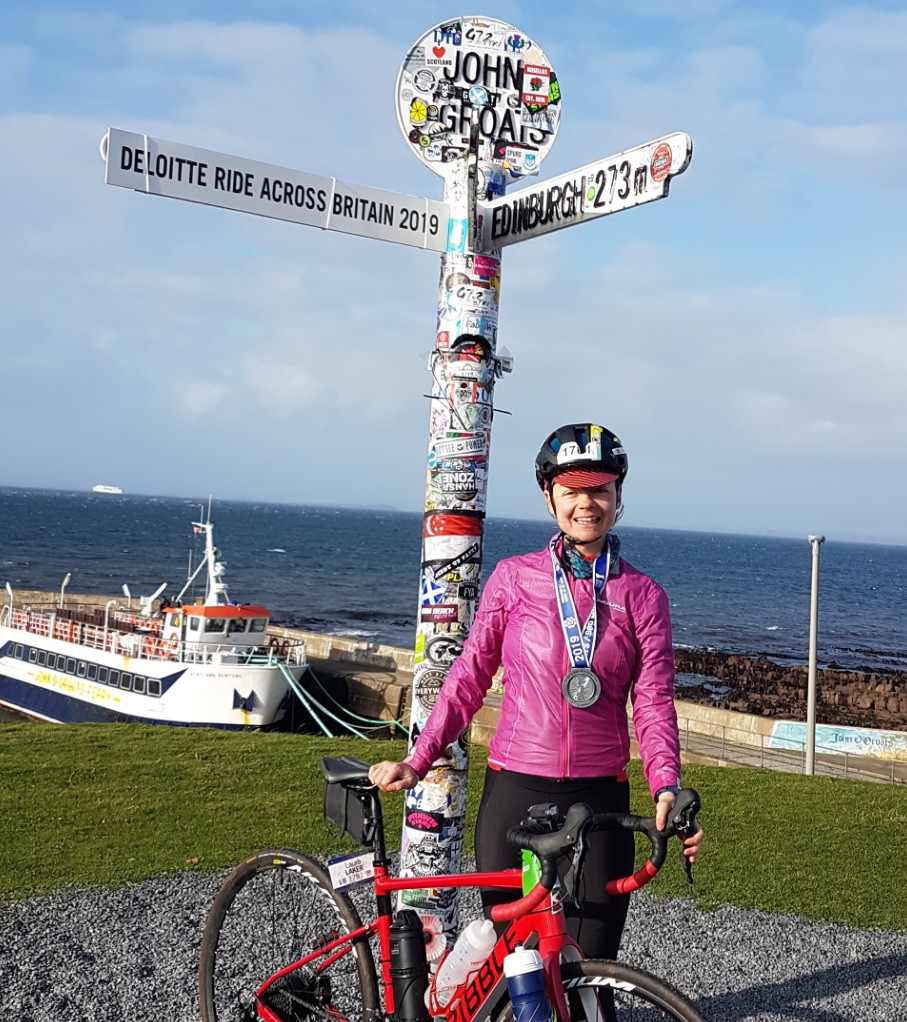I can still recall the last time I cycled alone beside the River Lea at night. What should have been a magical journey – stars above me, chilly winter wind in my face – was fraught with fear.
Well-known for nocturnal attacks though the canal was, the alternative route was a dodgy main road, so I chose the towpath. The likelihood of someone being there at that precise moment that night was, I concluded, low. Also, I could probably ram them with my heavy Dutch bike given enough momentum.
Once on the path, however, my bravado faded with the receding streetlights. Was that bush hiding a group of attackers? Was the approaching cyclist, obscured behind their bike light, a threat? I rode with my keys in one bunched fist, the sharpest and longest of them protruding from between my fingers like the littlest jousting rod.
Adrenaline convinced me I would use them if I had to – but I’m not sure what good it would have done, and thank goodness I never had to find out.

This is, thankfully, an uncommon experience – but only because I, like most women, largely eliminate risk via daily safety calculations: avoiding that unlit path, taking the long way round or choosing to dice with traffic on a busy road. Sometimes riding the pavement if need be.
Still, after a scary experience, the most primal parts of our brains tell us ‘never again’. The point is any true cycle network needs to cater for the least risk-averse of us, and the most vulnerable, to be truly accessible – to be, in fact, equitable.
New research by the London Cycling Campaign’s Women’s Network found that London’s cycling network is not succeeding by this metric: 24 per cent is routed through isolated or unlit places, which feel unsafe after dark, especially for women.
If almost a quarter of a network sounds a lot – it is – more than half (58 per cent) of Transport for London cycleways have at least one socially unsafe section after dark, while seven are “100 per cent socially unsafe after dark”.

This curtails women’s freedom. Instead of cycling, someone might take public transport – which is pricier and not always as fast or reliable – they might buy a car or just not go.
Depending on the time of year, someone might not feel safe cycling their local paths, or riding on busy roads at night; understandably so. As a result, one third of women in London choose not to cycle in the winter months or after dark.

It's not just London. Take the Bristol to Bath cycle path, similarly bedevilled by spates of violent muggings, or the Fallowfield Loop in Manchester, or the Roseburn Path in Edinburgh, places women are likely to avoid cycling at night.
While lovely during the day, these routes only became part of cycle networks by default, because we’ve failed to provide adequate alternatives. Too many on-street alternatives don’t feel safe for cycling because of decades of a blinkered focus on motor traffic.
Quiet, traffic-free routes have their place, but they can’t be the only option.
I was recently in Cambridgeshire, on a traffic-free path that led, through fields, between the city and a huge new housing development. Discussions in the group soon turned to social safety – what is it like at night? Someone asked, 'what’s the point of such a route if it’s only effectively part-time?'.
It’s not that all routes will always be the ones you’d pick, but the fact there’s a route being planned near the road gives people the option to take the nice, quiet opt on a sunny day, maybe with the kids, and the busier roadside route or through the built-up area at other times.
This week I will join hundreds of other women protesting this inequality. The Women’s Network asks that unsafe routes be urgently upgraded, with CCTV and lighting where needed, and that ‘social safety’ is included in London’s Cycle Route Quality Criteria.
They want underpasses improved, akin to work in places such as Glasgow. But people also need alternatives; if isolated, unlit ‘leisure’ routes are no longer counted as part of the core network, suddenly the gaps in the accessible network become stark.
That’s the first step in acknowledging for cycling to be an option for anyone, it needs to feel safe for all of us.




